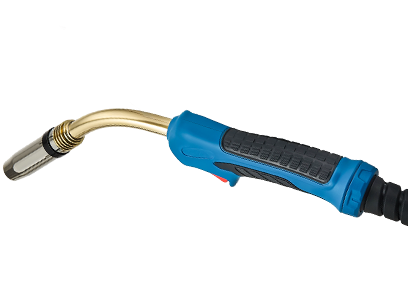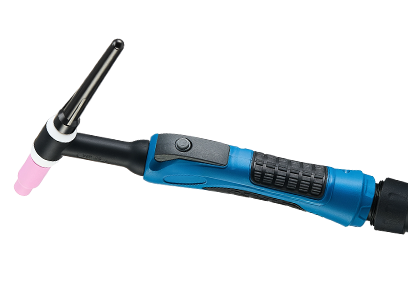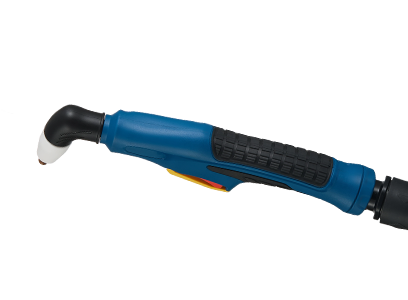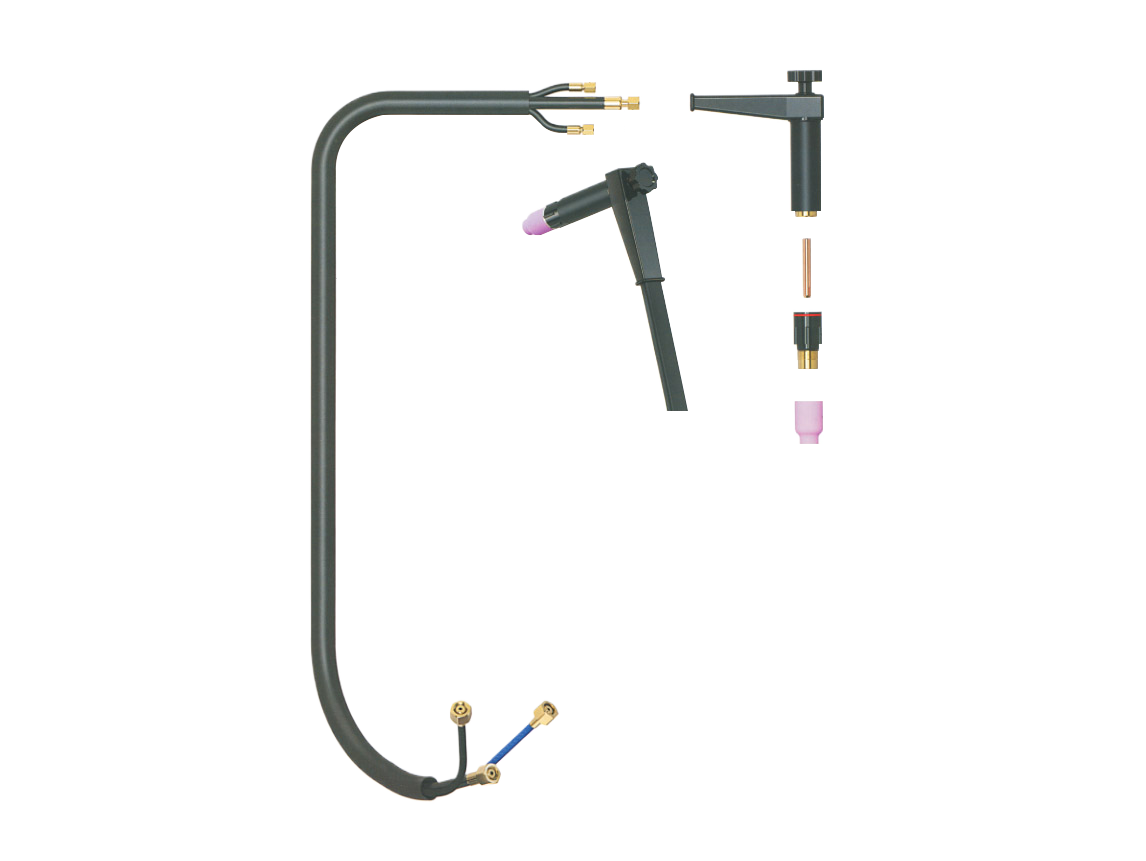The Role of TIG Consumables in Achieving Precision in Welding
The Role of TIG Consumables in Achieving Precision in Welding
Welding has evolved significantly over the years, and one of the most advanced methods in this field is Tungsten Inert Gas (TIG) welding. The precision and versatility of TIG welding make it ideal for a wide variety of applications, from automotive to aerospace industries. However, the true success of TIG welding lies in the **quality o
The Role of TIG Consumables in Achieving Precision in Welding
Welding has evolved significantly over the years, and one of the most advanced methods in this field is Tungsten Inert Gas (TIG) welding. The precision and versatility of TIG welding make it ideal for a wide variety of applications, from automotive to aerospace industries. However, the true success of TIG welding lies in the **quality of consumables used**. In this article, we delve into the essential role of TIG consumables in achieving unparalleled precision in welding.
Table of Contents
- Understanding TIG Welding
- The Importance of Consumables in TIG Welding
- Types of TIG Consumables
- Choosing the Right TIG Consumables
- Applications of TIG Welding
- Benefits of Using Quality TIG Consumables
- Common Challenges in TIG Welding
- FAQs about TIG Consumables
Understanding TIG Welding
TIG welding is a process that uses a non-consumable tungsten electrode to produce the weld. The electrode generates an arc between itself and the workpiece, melting the base metal and any filler material added. The process is known for its ability to create clean, precise welds, making it suitable for thin materials and intricate designs.
The shielding gas, typically argon or helium, protects the molten weld pool from contamination. This results in high-quality welds with minimal defects, a critical factor for industries that prioritize precision.
The Importance of Consumables in TIG Welding
In TIG welding, consumables play a pivotal role in determining the quality of the final weld. The right selection of consumables can significantly affect the welding arc's stability, the heat input, and the overall weld integrity. Using inferior or inappropriate consumables can lead to various issues, including poor penetration, contamination, and inconsistent weld appearances.
**Investing in high-quality TIG consumables** not only improves the accuracy of the welds but also enhances operator control, making the welding process smoother and more efficient.
Types of TIG Consumables
When it comes to TIG welding, knowing the different types of consumables is essential for achieving precision. Here are the main categories of TIG consumables:
Tungsten Electrodes
Tungsten electrodes are the heart of the TIG welding process. They come in several types, each suited for specific applications:
- **Pure Tungsten Electrodes:** These are typically used for AC welding aluminum and magnesium. They provide a stable arc and excellent electrode life.
- **Thoriated Tungsten Electrodes:** These contain thorium oxide, which enhances arc stability and longevity. They're suitable for DC welding of steel and stainless steel.
- **Ceriated Tungsten Electrodes:** Ideal for both AC and DC welding, ceriated electrodes offer excellent arc starting capabilities and low burn-off rates.
- **Lanthanated Tungsten Electrodes:** Known for their versatility and performance, they are suitable for a wide range of applications, including high-frequency start conditions.
Different Types of Tungsten Rods
The choice of tungsten rod type affects the quality of the weld. The following options are commonly available:
- **1.5% Lanthanated Tungsten:** A great all-rounder for various materials and processes.
- **2% Thoriated Tungsten:** Provides exceptional performance for DC welding applications.
- **Zirconiated Tungsten:** Best for AC welding applications with aluminum.
Filler Materials
Filler materials are additional components that are melted into the weld pool to strengthen the joint. Choosing the correct filler material is crucial for achieving a strong weld. Common options include:
- **ER70S-6:** A popular choice for steel welding, known for its high strength and ductility.
- **ER308L:** Ideal for stainless steel applications, offering excellent corrosion resistance.
- **Aluminum Filler Rods:** Specifically designed for aluminum welding, ensuring a strong bond.
Shielding Gases
The choice of shielding gas is equally important for protecting the weld pool. The two most common gases used in TIG welding are:
- **Argon:** The preferred choice for most applications due to its effectiveness in preventing oxidation.
- **Helium:** Often mixed with argon to increase heat input and improve penetration, particularly in thicker materials.
Choosing the Right TIG Consumables
Selecting the right consumables involves considering various factors, including the material being welded, the thickness of the base metals, and the desired weld characteristics.
1. **Material Type:** Identify if you are welding aluminum, stainless steel, or mild steel.
2. **Weld Thickness:** Thicker materials may require larger diameter tungsten electrodes and filler rods.
3. **Welding Position:** The position of the weld (flat, vertical, or overhead) can influence consumable choice.
4. **Expected Finish:** Consider whether you need a smooth finish or if cosmetic appeal is secondary to strength.
5. **Welding Equipment:** Ensure that your welder is compatible with the selected consumables.
Applications of TIG Welding
TIG welding is utilized in various industries, thanks to its precision and versatility. Some common applications include:
- **Aerospace:** Used for high-strength, lightweight components.
- **Automotive:** Essential for creating intricate parts and assemblies.
- **Manufacturing:** Employed in producing high-quality stainless steel fabrications.
- **Artistic Welding:** Preferred for artistic metalwork due to clean finishes.
- **Pipe Welding:** Used in critical applications where precision and cleanliness are paramount.
Benefits of Using Quality TIG Consumables
Investing in high-quality TIG consumables brings numerous benefits:
- **Improved Weld Quality:** Higher precision reduces the risk of defects and ensures consistency.
- **Increased Productivity:** High-quality consumables lead to fewer errors and rework, saving time and resources.
- **Enhanced Safety:** Better control of the welding process reduces the chances of accidents.
- **Cost-Effectiveness:** Although quality consumables may be more expensive, they often yield better results and longevity, leading to lower overall costs.
- **Greater Versatility:** The right consumables enable welders to tackle a broader range of projects with varying materials and thicknesses.
Common Challenges in TIG Welding
Despite the advantages, TIG welding presents several challenges:
1. **Heat Management:** Maintaining the right heat input is crucial to prevent warping or burn-through.
2. **Contamination:** Ensuring the workspace is clean to avoid defects in the weld.
3. **Learning Curve:** TIG welding requires practice to master, especially for beginners.
4. **Equipment Compatibility:** Ensuring that all consumables are compatible with the welding equipment.
5. **Cost of Consumables:** High-quality consumables can be cost-prohibitive for some welders.
FAQs about TIG Consumables
1. What are the most common types of tungsten electrodes used in TIG welding?
The most common types include pure tungsten, thoriated tungsten, ceriated tungsten, and lanthanated tungsten.
2. How does shielding gas affect the quality of TIG welds?
Shielding gas protects the weld pool from contamination and oxidation, essential for achieving clean, high-quality welds.
3. Can I use the same tungsten electrode for different materials?
While some tungsten electrodes are versatile, it’s best to select electrodes specifically designed for the material and welding conditions.
4. What are the impacts of using low-quality TIG consumables?
Using low-quality consumables can lead to poor weld quality, increased defects, and more frequent equipment issues.
5. How can I determine the right filler material for my TIG welding project?
Select filler material based on the base metal being welded, the desired mechanical properties, and the welding position.
Conclusion
The role of TIG consumables in achieving precision in welding cannot be overstated. From the choice of tungsten electrodes to the shielding gases used, each element plays a crucial role in defining the quality and integrity of the weld. By understanding and utilizing the right consumables, welders can enhance productivity, improve safety, and ultimately ensure superior results in their welding projects. Investing time and resources in quality TIG consumables is a step toward mastering the art of precision welding, paving the way for successful and high-quality outcomes in diverse applications.
TAG:
Related Posts
The Role of TIG Consumables in Achieving Precision in Welding
The Role of TIG Consumables in Achieving Precision in Welding
Welding has evolved significantly over the years, and one of the most advanced methods in this field is Tungsten Inert Gas (TIG) welding. The precision and versatility of TIG welding make it ideal for a wide variety of applications, from automotive to aerospace industries. However, the true success of TIG welding lies in the **quality o















